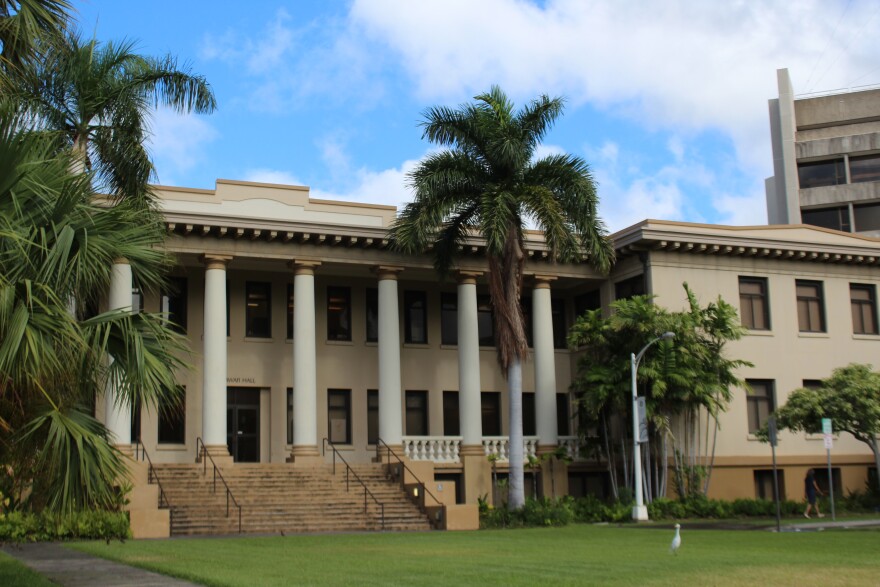The University of Hawaiʻi is looking to adjust its budget model to match the needs of the high enrollment at its Mānoa campus.
The system set a record this fall with over 51,000 students across the 10 campuses, putting enrollment at an all-time high since 2017. UH Mānoa, the system’s flagship campus, accounts for just over 20,000 of those students.
UH Mānoa Interim Provost Vassilis Syrmos, along with other UH leadership, is looking to move to a hybrid budget model — keeping the current historical budget system while bringing in aspects of an activity-based model. Once the university fills the permanent role, Syrmos will return to his usual role as the UH system's vice president for research and innovation.
“I want to make sure that our operations are going to run, that they're going to run effectively and efficiently,” Syrmos said. “Every time we have an enrollment surge, they don't have to come to us to ask for more money, but the budget automatically is allocated to them, guided by a formula that we all agree upon.”
The UH system currently relies on a historical budget, meaning it only changes in small, predetermined increments, rather than a more responsive budget that adjusts to fluctuations in metrics like enrollment, infrastructure costs, or hiring needs.
In the past, enrollment growth would result in additional funds allocated for infrastructure costs and hiring lecturers. With the new model, the appropriate money will automatically be allocated to the campus based on the enrollment for that semester.
Syrmos added that he’s working with other university systems that have switched to a hybrid model, most of whom have warned about the complexity and time it takes to enforce. He estimated the switch will take roughly two to three years.
“It has to be done slowly, it has to be transparent, and it has to be communicated in a way that everybody — or most participants — agree to. This is a lengthy process and we need to do it correctly,” he said.






